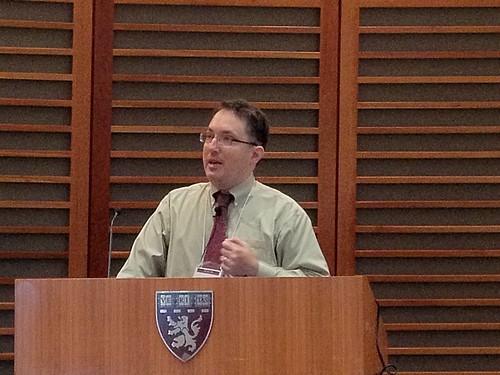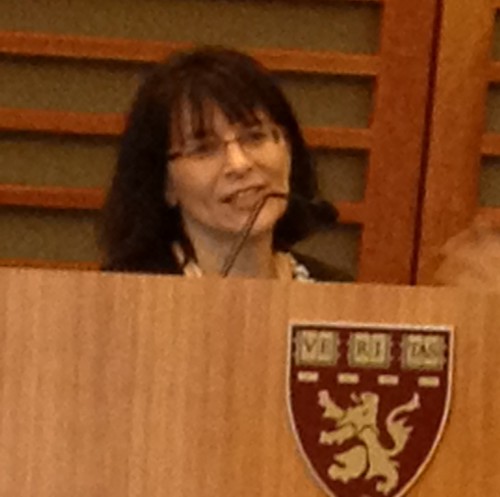Attendance was as good (slightly better) than last year despite this date being in the midst of the Summer doldrums.
I spoke about the positive disruptive effect i2b2 was having on data sharing, code sharing, clinical domain script sharing (e.g. upload from ETL), and even electronic health record functionality.
Shawn Murphy brought us up to date on temporal reasoning, text searching and other 1.7 features.
Mike Mendis reviewed new infrastructure components (Jboss 7, Bamboo etc)
The parallel track of poster sessions was well attended.
Ulrich Sax gave an impressive review of al the i2b2 activity occurring in Germany

Sebastian Mate described and then demonstrated(!) the i2b2 install wizard.
Andrew Post from Emory described the use of i2b2 for quality improvement, temporal abstraction, the creation of individual i2b2 instances in the AWS cloud, predictive modeling and the Minority Health Grid.
Michael Buck, NYC Dept of Public Health described relevant efforts in the Query Health effort. He provided interesting insights in the QDM data model fro the National Quality Forum and how it fits into the i2b2 ontology. These codes (now represented in the i2b2 ontology) will determine the operational definitions of the characteristics of phenotypes that are linked to quality outcomes (and therefore reimbursement).
Day 2:
Shawn Murphy introduced the next step of SHRINE, SHRINE-CT (CT = Clinical Trials) to enable a distributed mechanism of identifying patients meeting criteria for trials and then recruiting them. This is important because so many patients "have" a pathology and yet do not meet criteria for a trial. SHRINE-CT allows you to (with the right credentials and IRB permissions) browse across multiple patient populations to find the "right" subjects for the clinical trial. He also spoke about the SMART EMR view and other mechanisms for community contributions.
Nich Wattanasin gave us the details on his work on making SMART work atop of i2b2 and the workflows that this enables.
Lori Philips described the ontology mapping cell and focused on the complexity of mapping one large terminology to another (e.g. ICD9 <-> ICD10).
Brian Wilson from Tufts University described the GARLIC genomic integration cell that includes annotation, search (by variant ontology) and display.










No comments:
Post a Comment